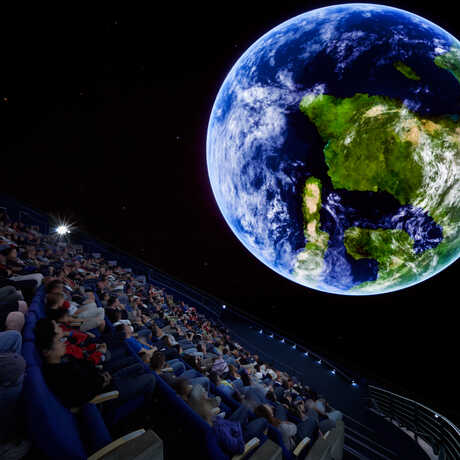The Benjamin Dean lecture series brings the world's leading experts in astronomy, astrophysics, and more to the Academy's Morrison Planetarium.

Mars on Earth: the Yungay region of Chile's Atacama Desert is the driest place on our planet and a perfect analog for Mars
Kathryn Bywaters
SETI Institute & NASA Ames Research Center
To search for life beyond Earth, we first have to decide on several key factors, such as where we should look. Several locations within our solar system have been identified that might be habitable. An ideal place to look might be the icy moons around Saturn and Jupiter with their liquid oceans. However, once we decide where to look for life we then need to determine what we will look for and how we will look for it. If there is life in this solar system, other than on Earth, it seems most likely that it will be in the form of microbes. But what if it doesn’t look like life on Earth—how will we know when we find it?
Seating is limited; advance ticketing required. To order tickets by phone, please call (877) 227-1831.

About Kathryn Bywaters
After obtaining a doctorate in Environmental Science from the University of Nevada at Reno, Kathryn completed a two-year postdoc at NASA’s Ames Research Center, focusing on extremophiles. She now works as a SETI researcher at NASA’s Ames Research Center on life detection projects for future space exploration.
The Benjamin Dean lecture series brings the world's leading experts in astronomy, astrophysics, and more to the Academy's Morrison Planetarium.
From outer space to Earth's inner core, explore the universe from Morrison Planetarium's 75-foot digital dome.
